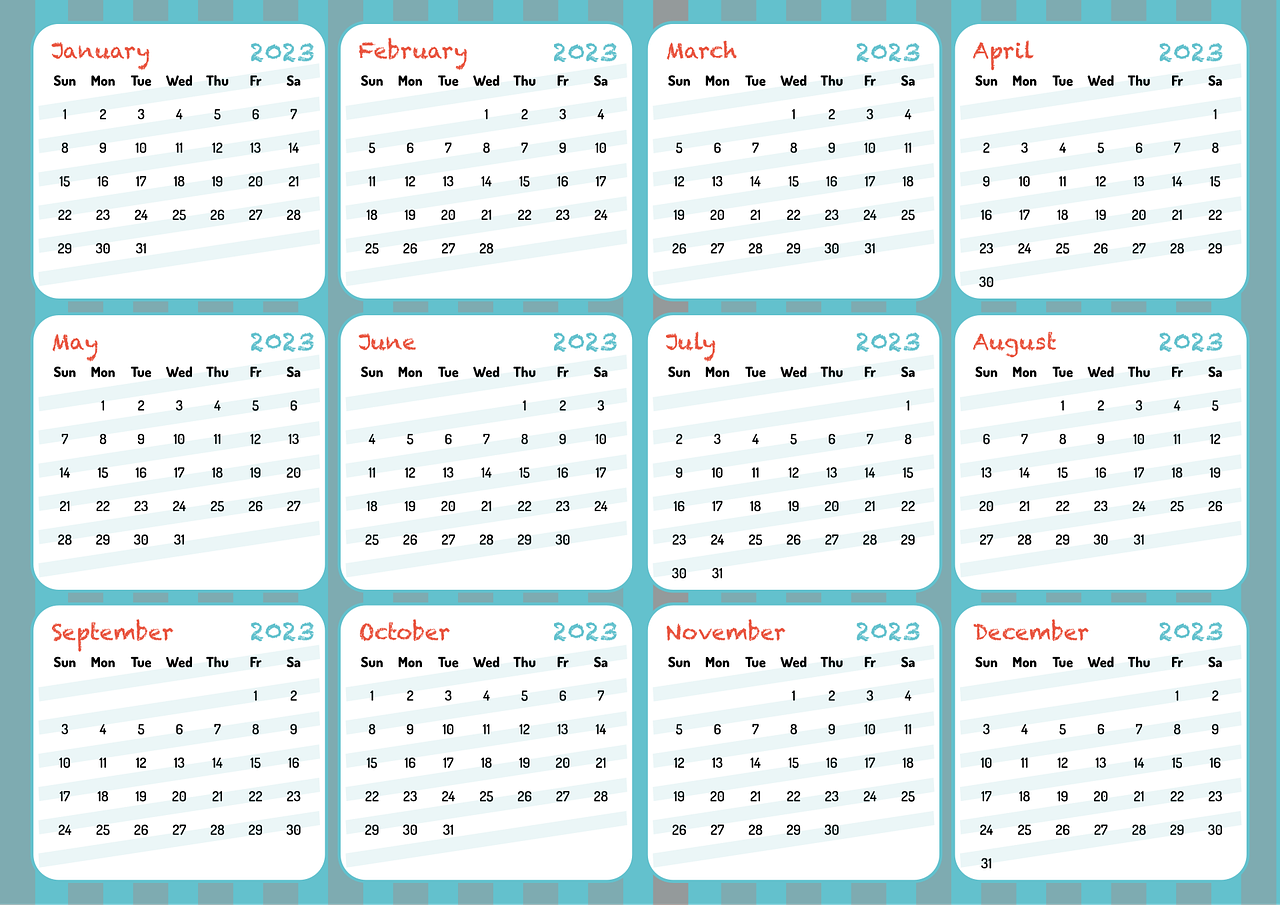Have you ever wondered how long million will last you in retirement? It’s a question that many people think about as they plan their financial future, especially with the increasing cost of living and longer life expectancies. Understanding how far your nest egg will stretch is crucial for crafting a retirement plan that brings peace of mind and a sense of security during your golden years.

Understanding Your Retirement Timeline
Before diving into the numbers, it’s important to consider the length of your retirement. With advances in medicine and healthier lifestyles, many people are living longer. If you retire at 65, it’s not uncommon to live into your 80s or 90s. Knowing your potential retirement period helps in estimating how long your funds need to last.
Life Expectancy Considerations
Life expectancy is a key factor in planning how long $1 million will last. Various elements, such as genetics, lifestyle, and healthcare access, play a role in how long you might live. While nobody can predict life expectancy with certainty, using the average life expectancy as a baseline can be helpful. For a clearer picture, consider consulting actuary tables or using online calculators that factor in your personal health and lifestyle choices.
The Impact of Health and Medical Expenses
Healthcare costs can significantly affect your retirement savings. As you age, your healthcare needs generally increase, which can lead to higher expenses. Consider insurance options like Medicare, but remember that it doesn’t cover everything, and you may need supplemental policies. Estimate potential costs for prescriptions, routine care, and unforeseen health issues to avoid unpleasant surprises.
Budgeting for Retirement
Crafting a realistic budget is essential for managing your retirement funds. This includes considering daily expenses, leisure activities, and any big-ticket items like travel or home renovations.
Everyday Expenses
Start by listing your expected everyday expenses. These typically include housing, food, utilities, and transportation. Knowing these numbers gives you a baseline to determine how much you’ll spend and save.
Leisure and Lifestyle Choices
Retirement is the time to enjoy life fully, but leisure activities often come with costs. Whether it’s traveling, dining out, or picking up a new hobby, it’s important to account for these activities in your budget.
Unexpected Costs and Emergencies
Prepare for the unexpected by setting aside funds for emergencies. Whether it’s home repairs or sudden travel to assist family, having a financial cushion can prevent stress and financial strain.
The 4% Withdrawal Rule: Is It Still Relevant?
The 4% rule is a commonly used strategy that can help estimate how long your money will last. The principle is simple: withdraw 4% of your retirement savings during the first year of retirement, and adjust the amount in subsequent years to account for inflation.
Applying the 4% Rule
Suppose you have $1 million saved. According to the 4% rule, you would withdraw $40,000 during your first year. Adjustments for inflation mean this withdrawal amount increases slightly each year. Historically, this strategy has provided a steady stream of income while preserving the principal over a 30-year retirement period.
Evaluating the Rule’s Reliability
While the 4% rule offers a straightforward guideline, it’s not foolproof. Market fluctuations, lifestyle changes, and unexpected expenses might require you to withdraw more or less than planned. Stay informed about your investments and be prepared to adjust your spending and withdrawal strategy as needed.
The Role of Investments and Income Streams
Investments play a crucial role in extending the life of your retirement savings. The right investment strategy can generate additional income, helping your funds last longer.
Diversifying Your Portfolio
Diversification is key to managing risk and can help protect your assets during market volatility. A balanced mix of stocks, bonds, and other assets can provide growth potential while offering some security against downturns.
Generating Passive Income
Consider strategies that generate passive income, such as dividends from stocks, interest from bonds, or rental income from real estate investments. These income streams can supplement withdrawals from your retirement savings, easing the burden on your principal amount.
Social Security and Pensions
Factor in any income from Social Security or pensions. While these benefits may not cover all your expenses, they can significantly reduce the amount needed from your savings. Plan carefully on when to begin taking these benefits to maximize your monthly income.

Inflation and Its Effect on Your Nest Egg
Inflation can erode the buying power of your retirement savings over time. Understanding and planning for inflation is crucial in ensuring your savings last.
Historical Inflation Rates
Historically, inflation has averaged around 3% per year. While this number may seem small, over several decades, it can significantly decrease your buying power. Keeping an eye on inflation rates and adjusting your withdrawal strategy to match can help mitigate its impact.
Strategies for Combatting Inflation
Consider investments that historically outpace inflation, such as stocks. Treasury inflation-protected securities (TIPS) and real estate are other options that can help shield your portfolio from inflationary pressures.
Establishing a Withdrawal Strategy
Drawing from your retirement savings requires a well-thought-out plan. The goal is to balance enjoying your retirement and ensuring your funds last.
Developing a Sustainable Plan
Work with a financial advisor to craft a withdrawal strategy tailored to your specific circumstances. Regular reviews of your portfolio and financial situation can help keep your plan aligned with your needs and market conditions.
Adjusting as Necessary
Flexibility is key. Life and the markets are unpredictable, so be prepared to adjust your spending and withdrawal patterns. Staying informed and adapting as necessary can help sustain your financial health throughout retirement.

This image is property of pixabay.com.
Utilizing Financial Advisors and Planning Tools
Professional advice and tools can be immensely beneficial in planning how long $1 million will last.
Seeking Professional Guidance
Working with a certified financial planner can provide valuable insights and personalized strategies that align with your retirement goals. Advisors can help you navigate complex financial landscapes and make informed decisions about your investments.
Making Use of Planning Tools
Many online calculators and tools can provide estimates and projections based on your unique financial circumstances. Consider using these resources in tandem with professional advice for a comprehensive retirement plan.
Conclusion
So, how long will $1 million last in retirement? The answer depends on numerous factors, including your lifestyle, health, investments, and how you manage your withdrawals. By understanding these elements and planning accordingly, you can create a retirement strategy that ensures both stability and enjoyment in your later years. Remember, it’s not just about the number you have saved but how you plan to use it that determines your financial security. Keep informed, stay flexible, and seek professional guidance to make the most of your retirement nest egg.

This image is property of pixabay.com.
